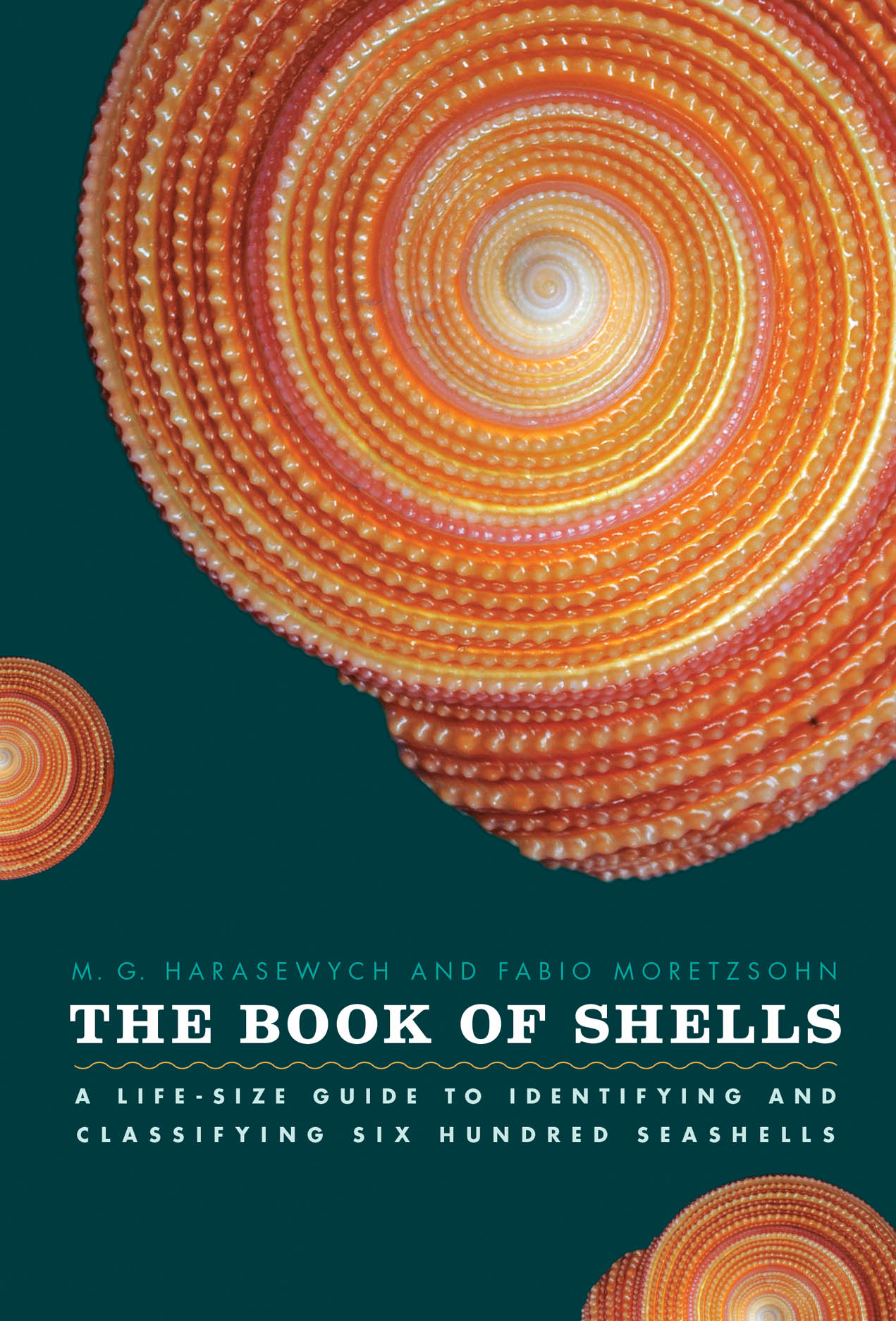Nancy Drew needs you!
Last night my wife, as she often does, was reading an old Nancy Drew mystery, The Invisible Intruder (1969), when she started laughing. “Nancy’s investigating the theft of a shell collection,” she said, “and every single person she meets turns out to know a lot about shells!”
For example, Mr. Kittredge, a lawyer, on being shown a shell “the shape of a pyramid and … about five inches high” says,
“This is very interesting. Its nickname is the Fraud Shell. The right name is Epitonium scalare.”
The lawyer explained that the shell was a rather rare type found in deep water off the coast of China.
Then there’s a policeman, Detective Peron, who, on seeing Nancy inspecting a Crusader shell, says, “That’s a beautiful specimen,” and then, reminding us that we’re in midcentury American suburbia, continues, “My wife has a set of those scalloped shells. She uses them to serve salads in and sometimes creamed dishes.”
All of which is a roundabout way of getting to this question: Why haven’t you bought a copy of our big, beautiful new Book of Shells yet?

It’s 600-plus oversized pages of life-sized photos of stunning shells, alongside information about their range, distribution, abundance, habitat, and distinct features. This slide show at the New York Times will give you an idea of the stunning shells profiled in the book.
After all, you never know when Nancy Drew might knock on your door, a pale-beige, spiral-shaped, fist-sized shell in hand, and ask you for help. Rather than stammering ineffectually like Ned Nickerson, wouldn’t you want to be able to tell her, instantly, that it’s a Euspira Lewisii, or Lewis’s Moon, and that it is commonly found in middens left by Native Americans? Oh, and that its tissues can become toxic if it feeds on clams or oysters during a red tide?
Your local bookstore should have a copy of The Book of Shells waiting for you. Do it for Nancy.